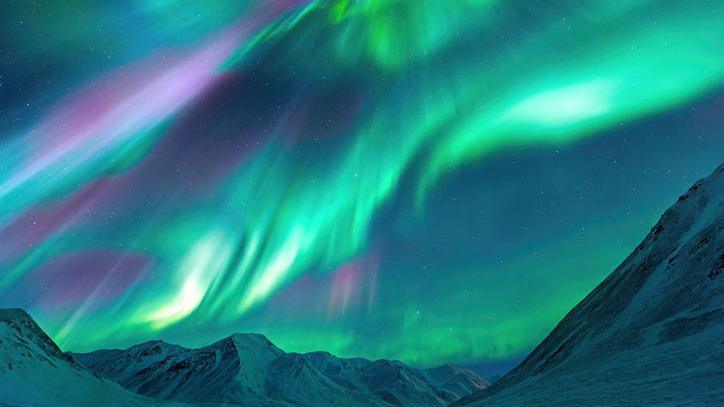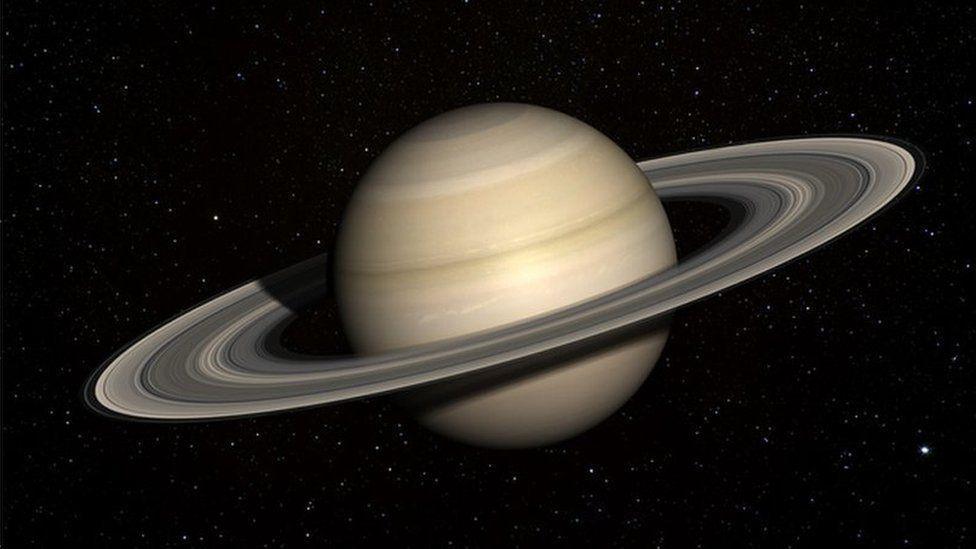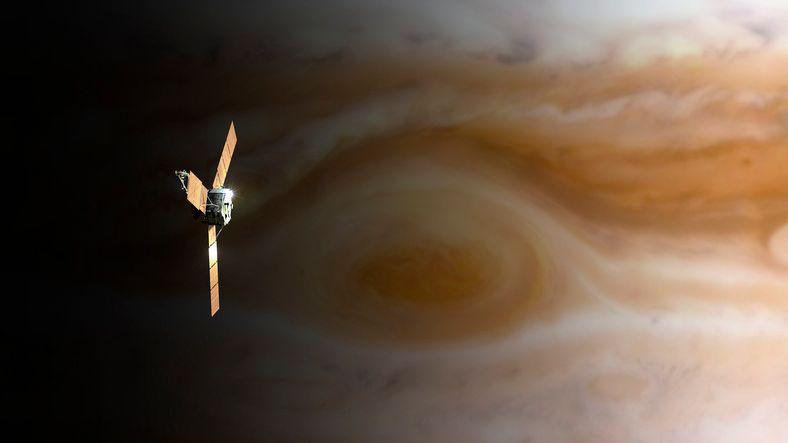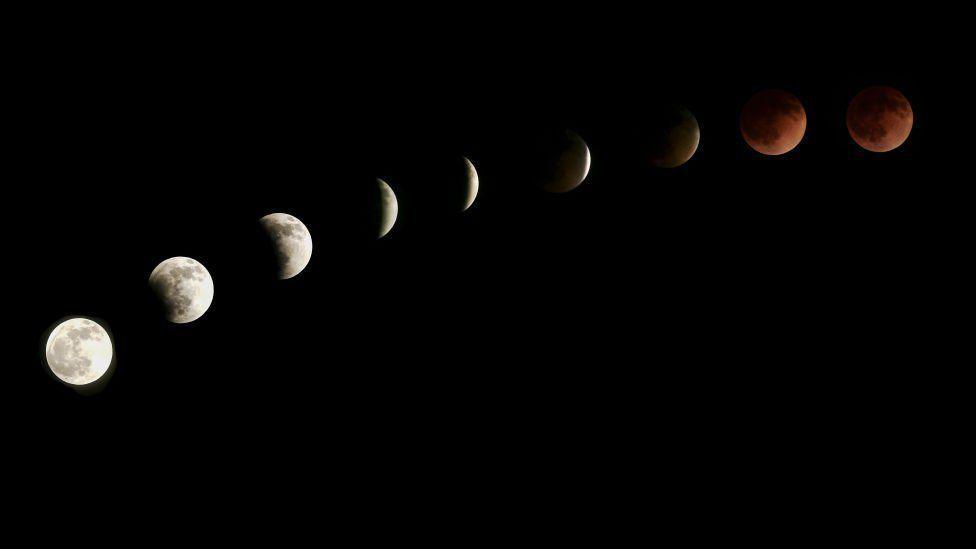Space 2025: What are the big events to look out for?
2025 in Space
- Published
We're taking a look ahead at all the amazing things that will be happening in space in 2025.
2024 was a pretty big year for space exploration.
We said thank you and goodbye to Ingenuity - Nasa's history-making helicopter on Mars, Japan became the fifth country in the world to land on the Moon and for the first time, a part of a space rocket was successfully caught in mid air on its return to Earth.
So what's in store this year? Here's just some of the exciting things you can look forward to.
More space news
Nasa delays Artemis moon mission again
- Published6 December 2024
Astronaut snaps picture of dwarf galaxies from the ISS
- Published16 December 2024
Nasa says Voyager 1 spacecraft working normally again
- Published5 December 2024
Return of the astronauts 'stuck in space'

Butch Wilmore and Suni Williams have now been in space for more than six months
Two Nasa astronauts who blasted off into space last summer, and have been stuck there ever since, are finally due to return to Earth in the spring.
Butch Wilmore and Suni Williams set off from Florida to the International Space Station (ISS) on 5 June 2024 after multiple delays.
They arrived on 6 June and were expecting to stay for seven days.
However, the US Space Agency discovered a number of issues with the Starliner spacecraft they were due to travel on, including several helium leaks in its capsule.
The problems meant the two astronauts had to remain on the ISS while engineers carried out technical investigations.
It was decided too risky to bring them back on the same craft so, after several more delays, both astronauts are now scheduled to come back home at the end of March, on a SpaceX capsule instead.
Nasa's space weather mission

Aurora borealis is the most visible form of space weather
The effects of space weather can lead to beautiful displays, like the aurora borealis, but it can also cause disruption to electronic devices, including satellites orbiting our planet.
That's why Nasa is launching its TRACERS mission in April which will look at how activity from the Sun, such as solar wind, interacts with Earth's magnetic field.
TRACERS - which stands for Tandem Reconnection and Cusp Electrodynamics Reconnaissance Satellites - is a pair of satellites that will study how solar wind interacts with Earth's magnetosphere.
It will also look at magnetic reconnection, which is when a huge transfer of energy can happen when two magnetic fields meet.
TRACERS will work with other space missions to get a deeper understanding of this process so that experts can better prepare for impacts of solar activity on Earth.
It's hoped that TRACERS will help scientists better understand how the Sun influences our planet.
Saturn's 'disappearing' rings

Saturn is the second-largest planet in our solar system
When you think of Saturn, you probably picture the planet with its iconic rings around it.
However, Nasa have confirmed that the grand sight is set to disappear in March 2025!
It's all down to an optical illusion, due to Saturn's tilt, which will turn the vast hoops into an almost invisible line.
Saturn has seven main rings, which are thought to be made from pieces of comets, asteroids or crushed moons that broke up before they reached the planet.
Although the huge rings extend up to 175,000 miles from the planet, their vertical height is typically only around 10 meters in the main rings - meaning they're comparatively paper thin.
The rings are due to appear side on with Earth - so therefore they will temporarily 'vanish' from view.
But don't worry, it won't be forever - as you'll be able to see them again when the planet tilts back towards Earth at the end of the year.
The end of Juno

Nasa's Juno spacecraft arrived at Jupiter in 2016
2025 is also set to mark the end of some big missions in space.
Nasa's Juno spacecraft took five years to reach Jupiter, the solar system's largest planet.
For the past eight years it has provided dazzling views of the giant gas planet and its moons, and even had its mission extended.
Among its discoveries, Juno has found previously unseen huge storms swirling around Jupiter's poles and active volcanoes and lakes of lava on the planet's moon, Io.
However, the US space agency has said that it now expects Juno's time in space to end no later than September 2025.
Total lunar eclipses

The total lunar eclipse will turn the moon red as it passes through the Earth's shadow
There will be two partial solar eclipses and two total lunar eclipses to look forward to in 2025.
An eclipse of the Moon occurs when the Earth lies directly between the Sun and the Moon and the Moon lies in the shadow of the Earth.
For a total lunar eclipse to happen, all three are in a straight line. This means that the Moon passes through the darkest part of the Earth's shadow.
The Moon does not produce its own light. We can see the Moon because it reflects light from the Sun.
A full lunar eclipse is often called a 'blood moon' because the Moon becomes a deep reddish colour as our planet's shadow hides the lunar surface.
2025's total lunar eclipses will take place on Friday 14 March and Sunday 7 September.
